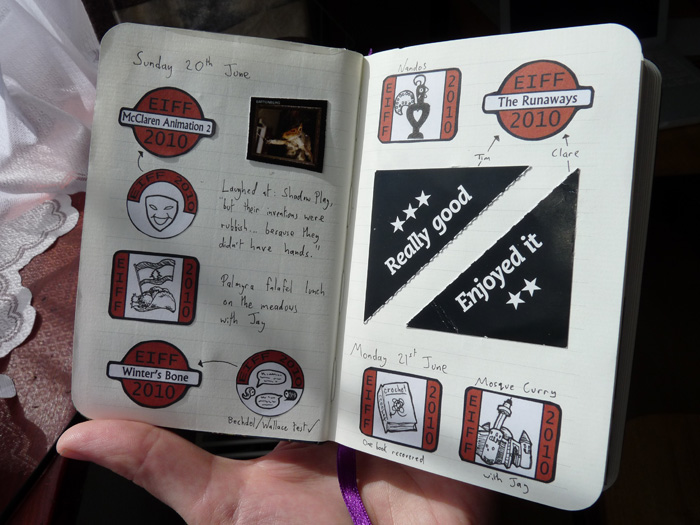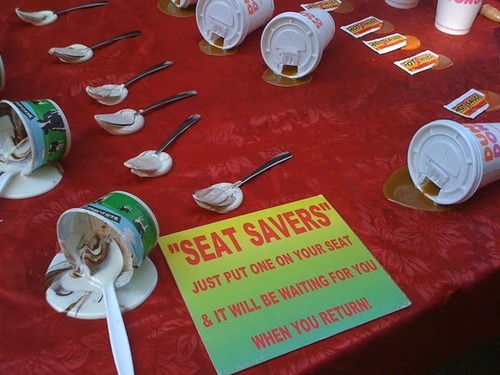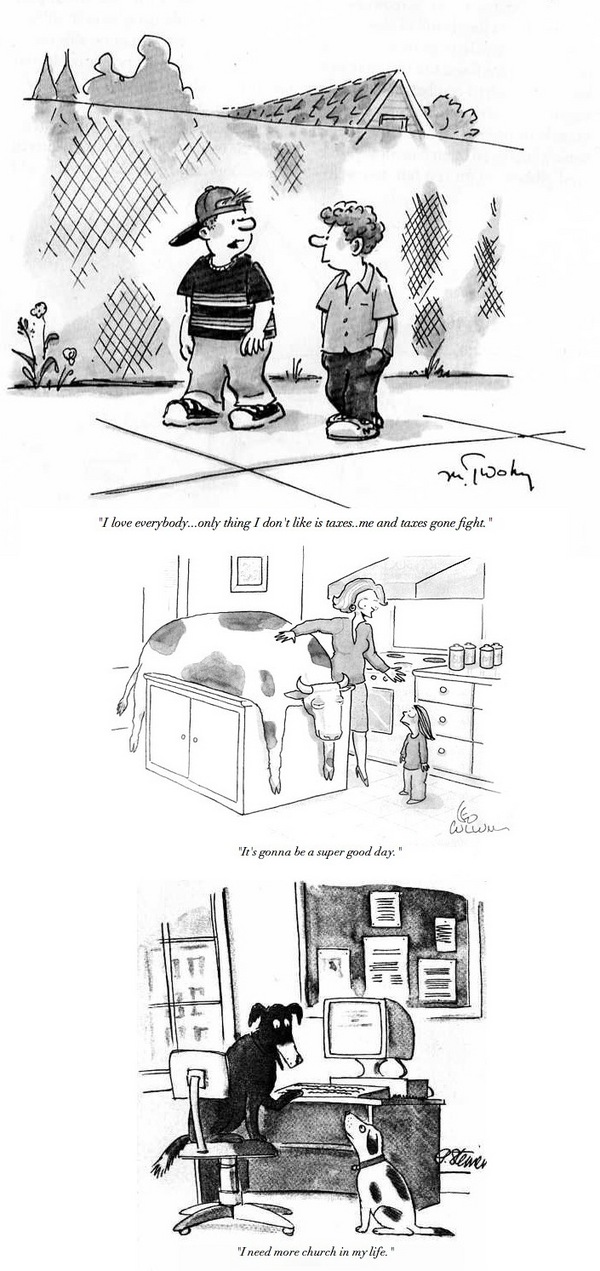Tim Link
I inaugurated my personal blog (as opposed to my analysis type blog, Tower of the Octopus) with a write-up of how implementing a personal ‘achievement’ system (as in XBox achievements) with stickers made me have more fun on my holiday in Edinburgh:
Stickers Make Me Have More Fun
Link
PaulStretch is an amazing application that takes music and applies “extreme stretching” with minimal distortion (and does a few other things as well). Although it has been around for years, it suddenly garnered widespread attention when Shamantis posted a stretched-out 35 minute version of Justin Bieber’s “U Smile”, which works extremely well:
J. BIEBZ – U SMILE 800% SLOWER by Shamantis
I tried PaulStretch out on some other tracks and got similarly nice results, but “U Smile” does have qualities that work particularly well in this form.
I’ve been listening to it while watching extreme slow motion videos, such as this one.
Pictures
We are used to seeing certain time periods only in black and white just because of the timeline of colour photography development. However, pioneers of colour photography were active, and seeing their results is a strange experience.
Quote
Dorothy Gambrell (in Cat and Girl) has a line which sums up my feeling on looking at the above images:
“The past is just the present with different technology and funny clothes.”
Puzzle
An old classic this week.
There is a room with one light bulb in it, currently switched off. Outside the room you can’t tell if the light is on or off, and there are three light switches, only one of which operates the bulb: the basic challenge is to work out which one. In theory, you could flick a switch, go into the room to see if it worked, and if not come back out and flip the next switch, and so on. The challenge is to come up with a strategy in which you only need to enter the room once.
If that’s too easy, how about if there were four switches?
If you can manage that, how about if there were five? (I don’t know how to do that one, although Laurence claims it is possible. It may be that his setting of the puzzle is subtly different though…)
Last Week’s Puzzle
Last week I asked what answer to 2 + 4 — 3 + 5 would get you a tick from the teacher if you had just learned the BODMAS rule.
As Richard points out, BODMAS isn’t really consistent with the way we canonically parse equations (so the teacher would probably expect the answer 8, although strict application of BODMAS would yield -2), and there are better ways to teach it, as addressed in this Wikipedia entry.
The Week Before That’s Puzzle Again
Laurence supplies this excellent postscript to the Trigger’s Broom / Ship of Theseus problem set in Things 77:
“It has occurred to me that this could equally be applied to most armies,
governments, countries, football teams, religious cults, families, and
hell, humanity as a whole. At least one of these is the cause for things
like the situation in Northern Ireland, so I think if you could solve
Trigger’s Broom, then it could well go towards solving some larger
issues. (Albeit, possibly presenting people with some radically new ones
in the process!)”



